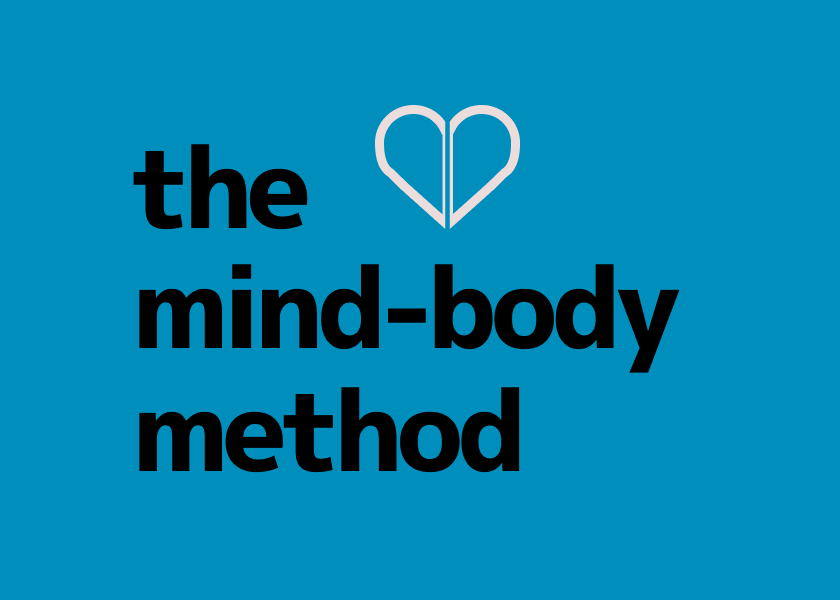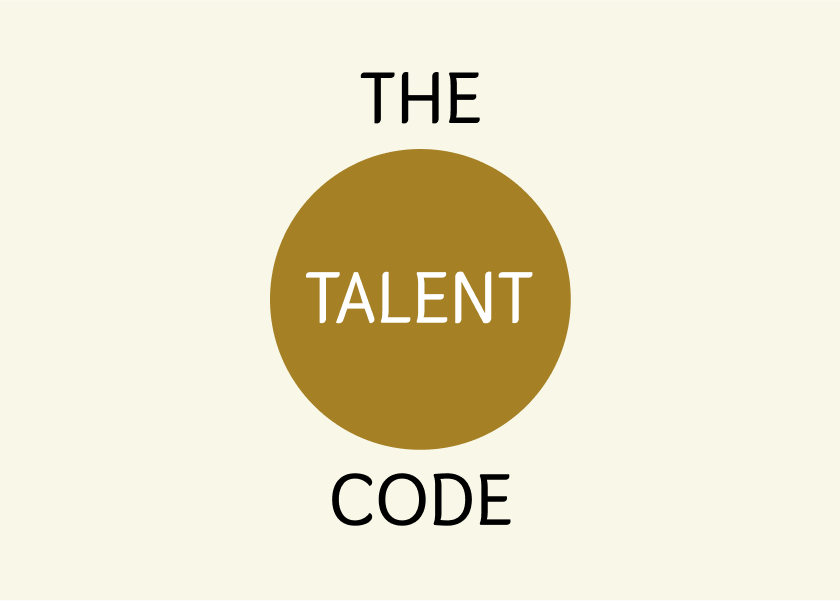The Mind-Body Method by Anders Hansen - Summary
Anders Hansen will help you unlock your brain's potential with exercise! Discover how physical activity boosts focus, creativity, memory, and mood. Learn to combat stress and enhance your mind through movement.

The following is a summary and review of the book The Mind-Body Method by Anders Hansen.
Listen to ShelfHelp's podcast summarising The Mind-Body Method by Anders Hansen.
Is Your Brain Losing Its Mind? Discover How Movement Can Be the Antidote
Feeling foggy, stressed, or just not quite yourself? What if the key to unlocking a sharper mind, improved mood, and greater creativity was simpler than you thought? In The Mind-Body Method: How Moving Your Body Can Stop You Losing Your Mind, Dr. Anders Hansen, a Swedish psychiatrist and bestselling author, reveals the profound impact of physical exercise on our brains. This book isn't just another fitness guide; it's a science-backed exploration of how our bodies and minds are intrinsically linked, offering a powerful prescription for a healthier, happier, and more productive life.
Time is precious, and not everyone can dive into a full book right away. This article provides a comprehensive summary of The Mind-Body Method, offering key insights, actionable takeaways, and a balanced review to help you decide if this is the mental upgrade you've been searching for. Get ready to discover how a Stone Age brain can thrive in the digital age – and how a bit of movement can make all the difference.
Table of Contents
- About the Author
- Who Should Read This Book?
- Key Insights and Themes
- Detailed Summary
- Review
- Actionable Takeaways
- FAQs
- Conclusion
About the Author
Dr. Anders Hansen is a highly respected Swedish psychiatrist, speaker, and international bestselling author. With his own TV series exploring the human brain, Dr. Hansen has a knack for making complex science accessible and engaging. His books have sold millions worldwide, topping bestseller lists and earning him awards such as the Big Health Award and Sweden’s Mensa Prize. Dr. Hansen is also the author of The Happiness Cure, The Attention Fix, and The ADHD Advantage. His work is praised by experts from Stanford and Harvard for its insightful exploration of the brain's evolution and its relevance to modern mental health challenges.
Who Should Read This Book?
The Mind-Body Method is for anyone who wants to optimise their brain function and overall well-being. This book is particularly beneficial for:
- Professionals feeling overwhelmed by stress and struggling with focus in today's demanding work environments.
- Students looking to improve concentration, memory, and academic performance.
- Individuals experiencing anxiety, depression, or mood swings and seeking a natural, effective way to manage their symptoms.
- Older adults wanting to maintain cognitive health, stave off age-related decline, and enjoy a more active and fulfilling life.
- Parents and educators interested in understanding how physical activity can boost children's brain development, learning, and behaviour.
- Anyone curious about the science behind the mind-body connection and eager to unlock their brain's full potential through simple lifestyle changes.
Key Insights and Themes
Here are the key takeaways from The Mind-Body Method:
- The brain is changeable: Exercise and training can produce a more efficient brain. The brain isn't a pre-programmed computer; it's malleable, with trillions of connections that can be modified through lifestyle choices.
- Exercise combats stress: Physical activity strengthens the frontal lobe and hippocampus, which are crucial for managing stress and anxiety. Exercise can literally help you run away from stress.
- Improved concentration: Exercise boosts dopamine levels, quieting internal noise and enhancing focus. Physical training can even be used to treat ADHD.
- The real happy pill is exercise: Exercise is as effective as medication in treating depression by increasing levels of important proteins and neurotransmitters in the brain.
- Jog your memory: Exercise leads to the brain cells in the hippocampus pumping out more of the substance BDNF. BDNF strengthens the connections between brain cells so they ‘hold hands even harder’.
- Train yourself creative: Physical activity increases creative energy. Many authors, musicians, actors, artists, scientists and entrepreneurs have all borne witness to how training can make you more creative.
- The growing brain: Physical activity makes the hippocampus grow. This appears to happen in children, too.
- Healthy ageing: A brisk daily walk cuts our risk of developing dementia by 30–40 per cent.
- Stone age brain in the digital age: Our brains evolved for physical activity, and they perform much better if we move our bodies.
Detailed Summary
1. Your Changeable Brain
We haven't changed much in the last 12,000 years. MRI scans show that exercise can make the brain more energetic, regardless of age. The brain is more malleable than once believed, containing approximately 86 billion brain cells with trillions of connections. The brain weeds out unused connections to make room for the ones that carry signals. Brain connectivity patterns reveal how a person leads their life, with good physical shape being a positive indicator. Lifestyle choices, especially physical exercise, play a pivotal role in brain development.
2. Run Away from Stress
Stress is a major issue, with many people experiencing recurring periods of high stress and insomnia. Exercise is an effective treatment and prevention method. When stressed, the HPA axis revs up, increasing cortisol levels. Anxiety depends on the amygdala's fear signals and the frontal lobe's ability to inhibit them. Stress shrinks the hippocampus and frontal lobe, but exercise strengthens these areas. Strengthening the frontal lobe, the 'thinking' part of the brain, is crucial if you want to put a damper on stress. Physical activity strengthens the frontal lobe and hippocampus, the two areas of the brain that are most helped by staying active. The magnitude of anxiety and stress appears to be associated with how thick these pathways are. While medications can provide quick relief, they can also lead to dependency.
3. Improved Concentration
In today’s world of information overload, it’s virtually impossible not to get distracted. ADHD diagnoses have increased dramatically. There are no blood tests or X-rays to tell you if you have ADHD. Instead, you must meet the criteria on a checklist. ADHD is, unlike many other medical diagnoses, a vast grey area. The reward system is incredibly powerful and can be compared to an engine that pushes us towards certain behaviours. It has been shown that the nucleus accumbens isn’t as active when a person with significant concentration problems. Low or incorrectly regulated dopamine levels can cause a din that keeps the dopamine system insufficiently activated which makes it difficult to concentrate. Physical training should be possible to treat ADHD.
4. The Real Happy Pill
Fluoxetine belongs to a group of pharmaceuticals called selective serotonin reuptake inhibitors (SSRIs). Regular physical activity turned out to be as effective as pharmaceuticals in the treatment of depression. Serotonin, noradrenaline and dopamine do a lot more than make you feel depressed or not. Exercise leads to the brain cells in the hippocampus pumping out more of the substance BDNF.
5. Jog Your Memory
Evolutionarily speaking, it’s critical to remember what is dangerous so you can avoid it in the future. Exercise leads to the brain cells in the hippocampus pumping out more of the substance BDNF. Exercise leads to the brain cells in the hippocampus pumping out more of the substance BDNF. BDNF strengthens the connections between brain cells so they ‘hold hands even harder’, which, to continue the analogy, means the mental path becomes well worn more quickly. Results of study showed that the adult brain could not generate any new cells. The phenomenal discovery that neurogenesis – the creation and development of new cells in the brain – occurs in the adult human brain made headlines all over the world.
6. Train Yourself Creative
Haruki Murakami describes his creative process in detail. Divergent thinking is classic brainstorming: coming up with many different solutions to a problem by thinking broadly and using plenty of associations. When you become physically and mentally stronger through physical activity, your stamina for work increases, too.
7. The Growing Brain
Scientists attempted to answer this question as early as the 1960s, but it proved to be easier said than done. In Nebraska, nearly 10,000 children were tested, and the fitter children tested better in maths and English than those who were unfit. The brain’s grey and white matter are strengthened in children who move their bodies, just as muscles develop if you lift weights.
8. Healthy Ageing of the Brain
A brisk daily walk cuts our risk of developing dementia by 30–40 per cent. We need to backtrack and look at the history of the brain. Barely 100,000 years ago, our ancestors’ intellectual capacity seemed to improve significantly – a phase that is commonly referred to as ‘the Cognitive Revolution’ – which had significant repercussions.
9. A Stone Age Brain in the Digital Age
Genes often have complicated names; this one is called ARHGAPIIB. It can be found in humans but is missing in related species like the chimpanzee. Being physically active isn’t about being a jock or having six-pack abs; it’s about providing the brain with the most advantageous conditions so that it can perform at its best. Our brains have evolved for physical activity, and they will perform much better if we move our bodies.
Review
The Mind-Body Method excels in its ability to translate complex neuroscience into practical, actionable advice. Dr. Hansen’s writing is clear, engaging, and avoids overwhelming jargon. The book’s strength lies in its focus on the direct benefits of exercise on brain function, rather than just general health. Real-life examples and case studies make the science relatable and motivating.
However, the book could benefit from a deeper exploration of individual differences in exercise response. While it provides general guidelines, it acknowledges that everyone responds differently to exercise.
Overall, The Mind-Body Method is a valuable resource for anyone seeking to understand and improve their brain health. It's a compelling reminder that our physical and mental well-being are inextricably linked, and that simple lifestyle changes can have a profound impact.
Actionable Takeaways
Ready to put the lessons of The Mind-Body Method into action? Here’s how to apply these lessons in real life:
- Prioritise cardiovascular training: Focus on aerobic exercises like running, cycling, or swimming. Aim for at least 20-45 minutes, two to three times a week, to boost your heart rate and strengthen your brain's stress brakes.
- Make it a habit: Consistency is key. Integrate physical activity into your daily routine, whether it's a brisk walk during lunch, a bike ride to work, or a morning jog.
- Incorporate strength training: Don't neglect weight training, as it also contributes to stress reduction and overall brain health.
- Exercise in the morning: To target concentration, it’s better to work out early in the day, or at least before noon, so the effects will last throughout the day.
- Encourage play: For children, focus on play-based activities that get their heart rates up. Encourage active breaks during school and at home to improve focus and behaviour.
- Walk against dementia: Walk for 20–30 minutes every day, at least five days a week. Swimming and cycling are just as good, so long as the level of exertion is the same.
FAQs
- What is "The Mind-Body Method" about? "The Mind-Body Method" explores the science-backed connection between physical exercise and brain function, revealing how movement can enhance focus, creativity, memory, mood, and overall well-being.
- Is "The Mind-Body Method" worth reading? Yes, if you're interested in understanding how to optimise your brain health through simple, actionable lifestyle changes. The book provides a compelling case for the importance of physical activity for cognitive function and mental well-being.
- Does exercise really improve brain function? Yes! Research shows that exercise can increase brain volume, improve connectivity, boost neurotransmitter levels, and even promote the growth of new brain cells (neurogenesis).
Conclusion
The Mind-Body Method is more than just a book; it's a wake-up call. In a world that often prioritises sedentary lifestyles and quick-fix solutions, Dr. Anders Hansen reminds us of the profound impact that physical activity can have on our brains and our lives. By understanding the science behind the mind-body connection, we can make informed choices to unlock our cognitive potential, combat stress, and cultivate a healthier, happier existence.
As an Amazon Associate, ShelfHelp may earn money from qualifying purchases. Needless to say, ShelfHelp only includes affiliate links to books we recommend and think are worth your time reading.




